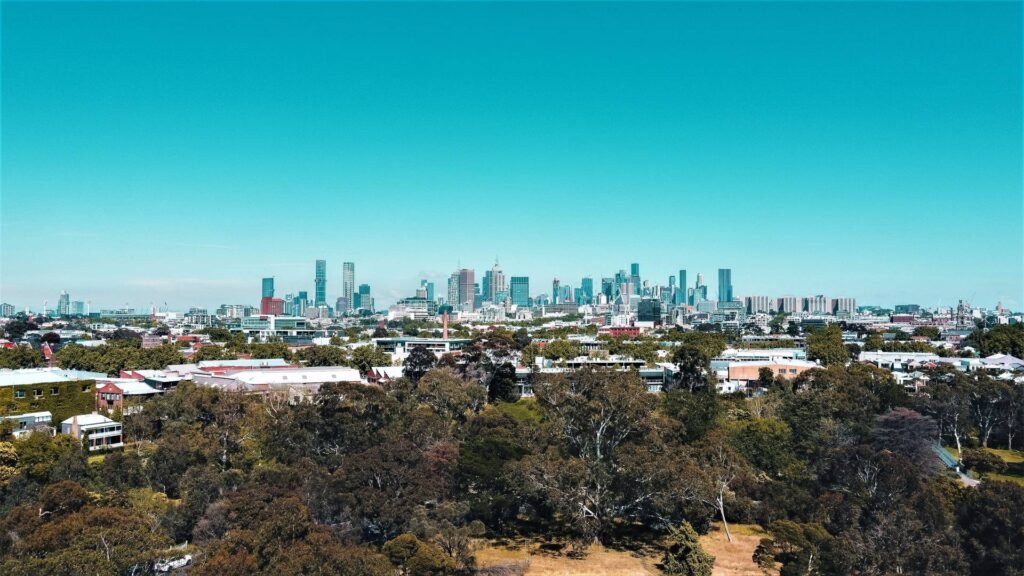With the release of the 2021 census, a rich world of information has been opened up to us regarding the happenings in the Victorian population over the last five years. In my experience, never has there been such a sense of anticipation, given the impact of the COVID-19 pandemic. It is fascinating to see the distribution of population growth across Victoria from 2016 to 2021 and the impact that the pandemic has had on those trends. We have just analysed the fastest growing LGAs in Victoria…..
The overall rate of population growth remained very high from 2016 to 2021 (9.7% in Victoria) because of the substantial overseas migration gain in the period before 2020. The fastest growing LGAs in percentage terms between 2016 and 2021 in Victoria were all on the fringe of Melbourne or so-called ‘peri-urban’ areas. The City of Wyndham grew by an astonishing 74,900 persons or 34.5% and was the fastest growing LGA in Victoria to 2021. There are also 5 LGAs in the list that are outside Metropolitan Melbourne, including Mansfield. This lends weight to the idea that there has been some out-migration from Melbourne to Regional Victoria. See table below.
Top 10 Growth LGAs by rate, Victoria, 2016-2021

Source: ABS Census of Population and Housing, 2016 and 2021
All LGAs in Melbourne had population growth, although the fastest rates of gain were on the fringe. The growth in these areas was driven by high rates of greenfield residential development in new estates, with Wyndham at the forefront of development to 2021. Population growth was far more subdued in the established parts of Melbourne, especially in areas featuring tertiary education institutions (e.g. Darebin, Brimbank, Boroondara, Whitehorse and Monash) and notably lower than previous census periods. The City of Melbourne had significant growth from 2016 to 2021 (10.0%), but was notably lower than the 2011 to 2016 period when growth was 45.2%. In general terms, growth in inner city areas was moderate, with the effect of border closures, both internationally and domestically having a strong impact on growth rates. See map below.
Population growth, Greater Melbourne LGAs and surrounds, 2016-21

Source: ABS Census of Population and Housing, 2016 and 2021
Almost all areas in Regional Victoria had population growth, with three LGAs in the Wimmera and Mallee (Hindmarsh, Buloke and Yarriambiack), being the exception. This loss is a continuation of historical trends, but it is highly significant that other areas in the Wimmera, Mallee and Western District grew in population. For many LGAs like West Wimmera, Corangamite, Southern Grampians, Northern Grampians and Glenelg, this is the first inter-censal population growth in several decades.
Population growth in Regional Victoria was especially high on the edge of Melbourne, with affordability and space considerations driving growth in places such as Mitchell, Baw Baw, Greater Geelong, Moorabool, Macedon Ranges, Murrindindi, Surf Coast and Bass Coast. The latter three areas, as well as Mansfield LGA, also gained significantly because of the large holiday home stock, which were occupied at a much higher rate due to the ongoing effects of the pandemic in August 2021. This probably boosted growth in many regional areas to 2021. It will be interesting to see the effects of a potential drift back to Melbourne from 2022 onwards, following the removal of restrictions in the economy and society and a return to office work and on-campus schooling. It is more than likely that growth in these areas will moderate from 2021 to 2026. See map.
Population growth, Regional Victoria LGAs, 2016-21

Source: ABS Census of Population and Housing, 2016 and 2021
The longer-term trend of growth in regional centres and coastal areas continued from 2016 to 2021. Ballarat and Geelong had the highest rates of growth, but Latrobe, Shepparton, Bendigo, Mildura, Warrnambool and Wodonga all had solid growth between 5% and 10% over the period. The population growth along the coast is noticeable on both sides of Melbourne. Population gains were strong in Gippsland and also extended along the Great Ocean Road to include Colac-Otway and Moyne.
Stay tuned for more stories from the 2021 Census and our quick fire series on LinkedIn.

